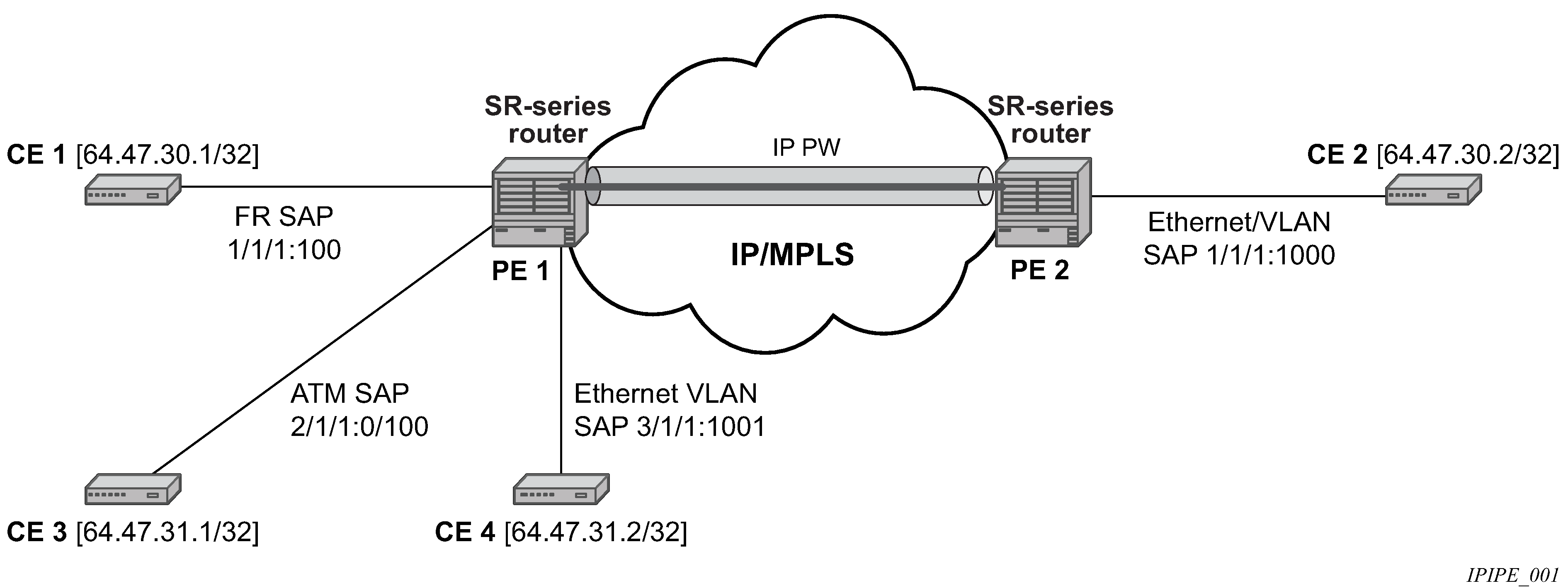Figure 1 provides an example of IP connectivity between a host attached to a point-to-point access circuit (FR, ATM, PPP) with routed PDU IPv4 encapsulation and a host attached to an Ethernet interface. Both hosts appear to be on the same LAN segment. This feature is supported for the 7450 ESS and 7750 SR and enables service interworking between different link layer technologies. A typical use of this application is in a Layer 2 VPN when upgrading a hub site to Ethernet while keeping the spoke sites with their existing Frame Relay or ATM IPv4 (7750 SR only) routed encapsulation.
Ipipe VLL is not supported in System Profile B. To determine if Ipipes are currently provisioned, use the show service service-using ipipe command before configuring profile B.

The ATM SAP is supported by the 7750 SR only. It carries the IPv4 packet using RFC 2684, Multiprotocol Encapsulation over ATM Adaptation Layer 5, VC-Mux or LLC/SNAP routed PDU encapsulation.
The Frame Relay SAP uses RFC 2427, Multiprotocol Interconnect over Frame Relay, routed PDU encapsulation of an IPv4 packet. A PPP interface uses RFC 1332, The PPP Internet Protocol Control Protocol (IPCP), PPP IPCP encapsulation of an IPv4 packet. A Cisco-HDLC SAP uses the routed IPv4 encapsulation. The pseudowire uses the IP Layer 2 transport pseudowire encapsulation type.
The Ipipe is a point-to-point Layer 2 service. All packets received on one SAP of the Ipipe are forwarded to the other SAP. No IP routing of customer packets occurs.